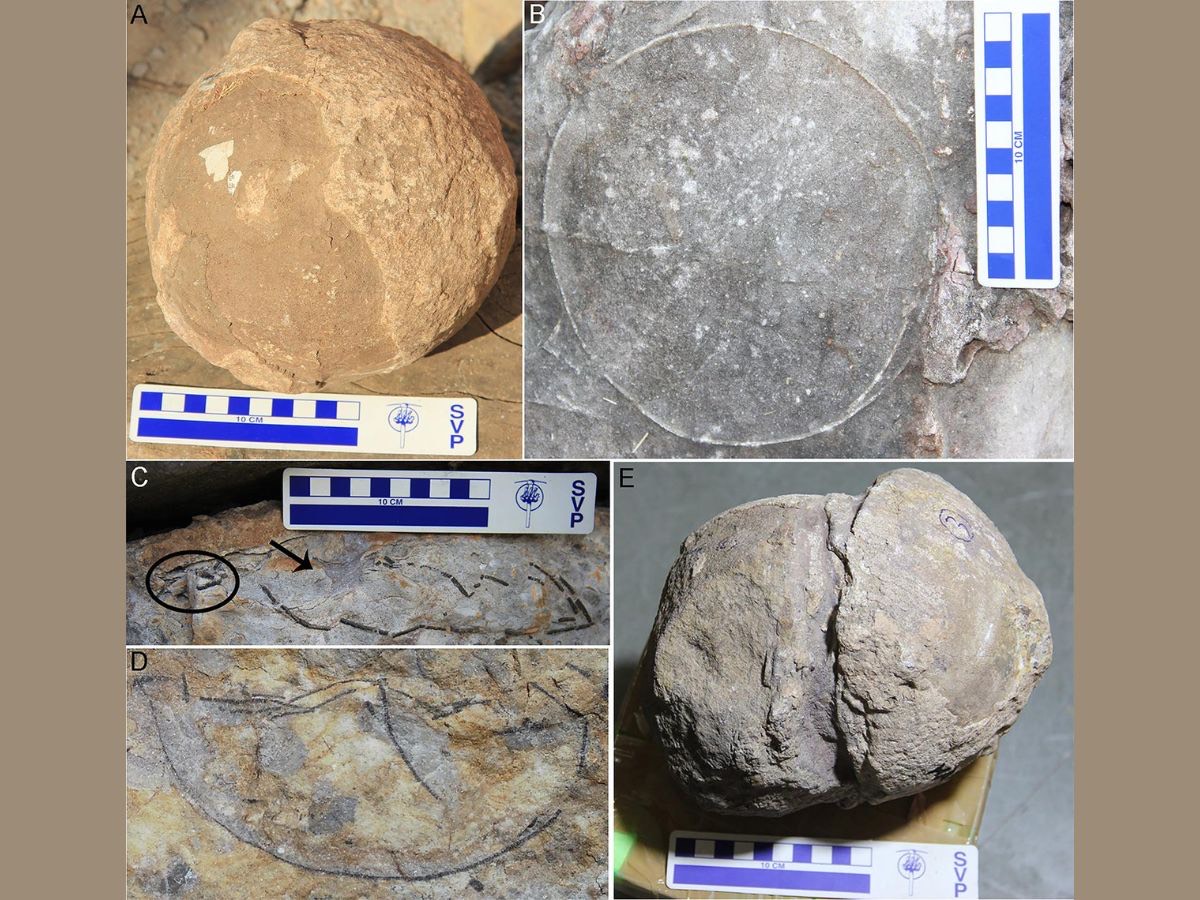Around 256 fossilized eggs found...
Researchers have published in the journal PLOS ONE, about uncovering 92 nesting sites containing a total of 256 fossil eggs in central India's Narmada Valley belonging to titanosaurs, which were among the largest dinosaurs to have ever lived. The journal gives a very detailed understanding about the lives titanosaurs in the Indian subcontinent.
The Lameta Formation, located in the Narmada Valley of central India, is well-known for fossils of dinosaur skeletons and eggs of the Late Cretaceous Period that lasted from about 145 to 66 million years ago, the researchers said.
The researchers from University of Delhi, New Delhi identified six different egg-species, suggesting a higher diversity of titanosaurs than is represented by skeletal remains from this region. Based on the layout of the nests, the team inferred that these dinosaurs buried their eggs in shallow pits like modern-day crocodiles
Certain pathologies found in the eggs, such as a rare case of "egg-in-egg," indicate that titanosaur sauropods had a reproductive physiology that parallels that of birds and possibly laid their eggs in a sequential manner as seen in modern birds.
The presence of many nests in the same area suggests these dinosaurs exhibited colonial nesting behaviour like many modern birds.
The findings showed that these nest were very closely packed and there were. I room for the adult dinosaur to fit in which made the researchers come to the conclusion that the adults most probably left the hatchling to fend of to themselves.
These fossil nests provide a wealth of data about some of the largest dinosaurs in history, and they come from a time shortly before the age of dinosaurs came to an end, the researchers said. They provide and wider understanding of how the dinosaur lived their lives and evolved overtime.





The Brief. Sign up to receive the top stories you need to know right now.